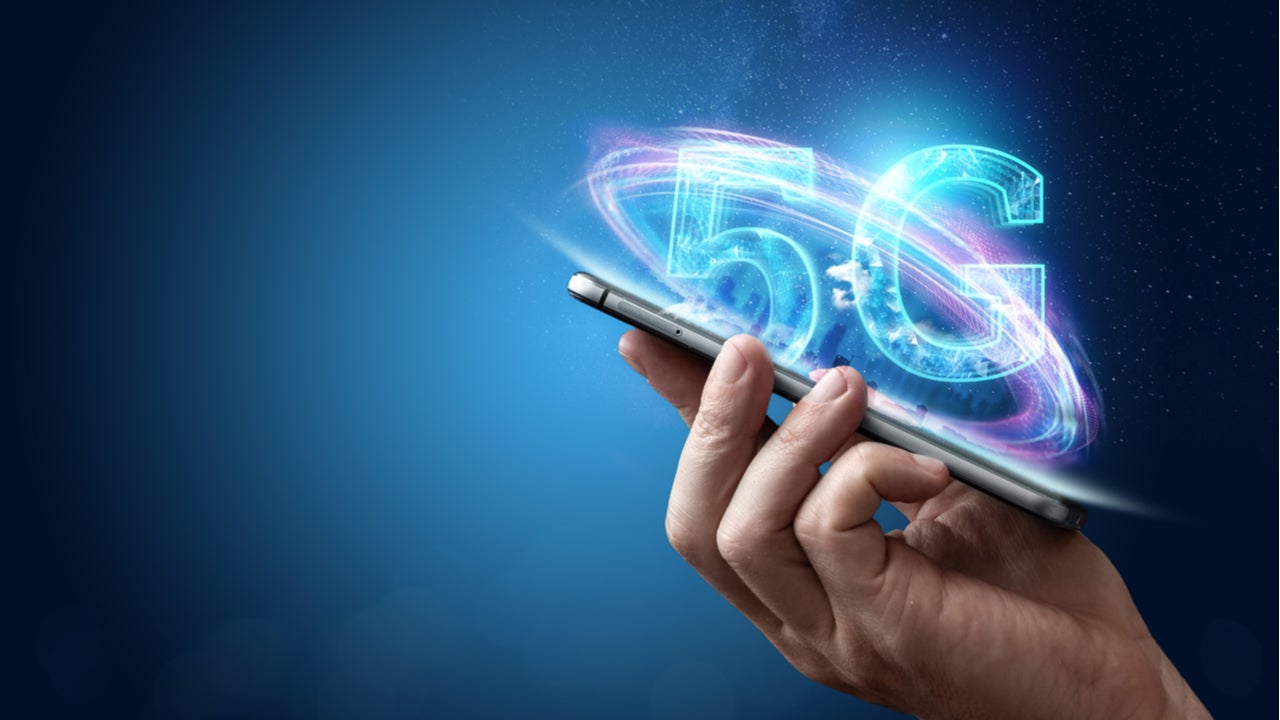5G is in the ground, and carriers around the world are heavily investing in networks to expand it and support the ecosystem. At the same time, the industry has been waiting anxiously to see what new and improved consumer applications come out of these networks that promise faster data speeds, lower latency and greater capacity. Criticism has mounted because what carriers are offering is largely undifferentiated from today’s 4G networks. But a protracted Covid-19 pandemic is ushering in some more advanced services much faster.
Most 5G consumer use cases won’t go mainstream until operators complete deployments, the majority of consumers have 5G smartphones and networks mature to the point where data speeds and latency make a measurable difference. As expected, enhanced mobile broadband (eMBB) and fixed wireless access (FWA) are the first 5G commercial use cases.
Sports apps are a 5G growth area
However, 5G is coming to fruition as the world faces a widespread pandemic that leaves users at home and away from entertainment and sporting events. 5G operators have jumped in to fill the gap with 5G-based applications and services.
EE in the UK introduced new features for the BT Sport app that add AR elements to live and non-live coverage of Premier League matches. Using the new iPhone 12 over EE’s 5G network, the new features offer AR viewing on the go and 360 pitch-side viewing, along with Watch Together, which was launched by BT Sport in August, that allows fans to video chat with friends live in a split-screen view while also watching the game. EE said the new features are designed to offer an immersive viewing experience as fans are unable to attend the matches.
In the US earlier this year, the National Basketball Association was able to restart its season in June in a “bubble campus” in Orlando, Florida. During that time, the NBA partnered with AT&T to create hologram interviews during telecasts on ESPN and Turner sports using 5G technology. The NBA is now looking for ways to use 5G to create a better virtual fan experience as 40% of NBA revenue comes from fans in the building. AT&T may have ushered in a new business-to-business and consumer-facing opportunity that could bring more revenue as businesses could begin sponsoring and incorporating fan engagements using NBA teams and players.
Verizon has been busy outfitting National Football League (NFL) stadiums with 5G mmWave, but the pandemic is keeping the majority of fans away. Nonetheless, Verizon has had the chance to showcase a variety of 5G experiences that include co-viewing, AR replays, and livestreamed games. The hope is that those experiences will help engage viewers with live sports away from the venue. The Verizon 5G SuperStadium experience, rolled out in tandem with the iPhone 12, allows fans to see up to seven different camera angles on the field, while AR allows viewers to create video overlays, called “holomojis,” of favorite players complete with game stats.
How well do you really know your competitors?
Access the most comprehensive Company Profiles on the market, powered by GlobalData. Save hours of research. Gain competitive edge.

Thank you!
Your download email will arrive shortly
Not ready to buy yet? Download a free sample
We are confident about the unique quality of our Company Profiles. However, we want you to make the most beneficial decision for your business, so we offer a free sample that you can download by submitting the below form
By GlobalDataAs the Covid-19 pandemic rages across the globe, operators and developers have the opportunity to fill in the gap with AR/VR capabilities and enhanced video services for events that have fans sidelined. Not only is there a consumer revenue opportunity but an advertising one as well. This should accelerate a market for AR/VR much faster than expected.








Related Company Profiles
EE Ltd